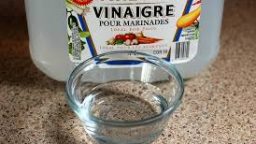If you have purchased store bought bags of soil to fill your raised beds or to add to your rows then you know how costly it can be. If you have thick clay soil and have bought a tiller, likely you have had to use it year after year. Likewise, if you have sandy or hard soil you might have experienced only temporary improvements from soil amendments that you add each and every growing season. Here are some tips on how to fix your soil problems for the long haul.
Clay
Tilling is the usual response to clay soil. But if you have grown in clay soil repeatedly you probably found that you had to till over and over again. This is because tilling breaks down the soil structure rather than improving upon it. When it gets wet, or walked upon, it will simply compact down again. Instead of tilling, (or if you must, in addition to tilling this time) add a thick layer of wood chips. This will improve drainage, water retention, create air pockets, and add food for organisms that will naturally till the soil for you like earthworms.
Sand
Sandy soil can be low in nutrients and dry out quickly, but sandy soil is perhaps the easiest to fix and offers the best chance for quick results. Composting and mulching with a thick layer of wood chips will increase nutrients, increase beneficial organisms, and increase water retention.
Hard Dry Soil
Soil that is hard, dusty when dry, floods when wet, and is grey instead of black or brown lacks organic material. With an absence of organic material the soil will not sustain the food web necessary for healthy soil. Hard soil may not change quickly, but a sure fire way to fix it long term is add organic material. Compost it heavily, and mulch it heavily with (can you guess) wood chips. As life returns to the soil, the organisms will spread the nutrients through the compact soil underneath and soften it in the process.
Did you notice a theme? If you have problems with your soil it is because the organisms that participate in producing and maintaining healthy soil don’t want to live there. Make it a desirable home for them by adding tons of organic material. Anything other than repairing the food web or your soil will be a temporary fix at best. Adding compost and wood chips will allow nature to do the rest of the work for you in almost every situation.
If you liked this, you might also enjoy…







